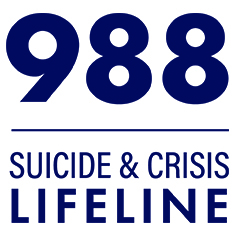A Text-Based Crisis Service for Youth
August 09, 2013
A text-based crisis service for adolescents increased help-seeking behaviors among adolescents, according to the authors of an article describing a pilot project (TextToday) in northern Nevada. The pilot resulted in substantial monthly increases over the previous five-year period when only voice communication was available. The volume increased most in schools in which there was a high level of administrative support for the program. Just over half (53 percent) of the texts were from repeat texters. Counselors and youth exchanged an average of 18 texts. The average length of their conversation was 2 hours and 46 minutes. Of these chats, 26 percent were “long” (including more than 25 texts sent by the user) and 24 percent were “short,” consisting of only 1-5 texts sent by the user.
Most of the texts were for support related to interpersonal or romantic problems rather than suicidal crises. Youth at risk for suicide accounted for 8 percent of the conversations. All of the acute crises uncovered during the pilot were successfully de-escalated. Crisis counselors reported that they were able to adapt to the new form of communication and that they were reaching youth who may not have called a telephone-based system. Youth reported that they preferred communicating by text and believed that text conversations were more confidential than telephone conversations. They also preferred obtaining support from strangers rather than people they knew, including parents and peers, who they felt would be more judgmental.
The pilot project marketed its service to students in individual schools through both social media and traditional media (e.g., posters). Marketing campaigns were tailored to the composition of the student bodies in individual schools to try to reach students at risk.
Evaluation of the program included reviews of all text messages and counselor notes, as well as focus groups of crisis counselors and students from the participating schools (not all of these students had utilized the text crisis service).
Read the study abstract
This research summary is based on information in: Evans, W. P., Davidson, L., & Sicafuse, L. (2013). Someone to listen: Increasing youth help-seeking behavior through a text-based crisis line for youth. Journal of Community Psychology, 41(4), 471-487.
